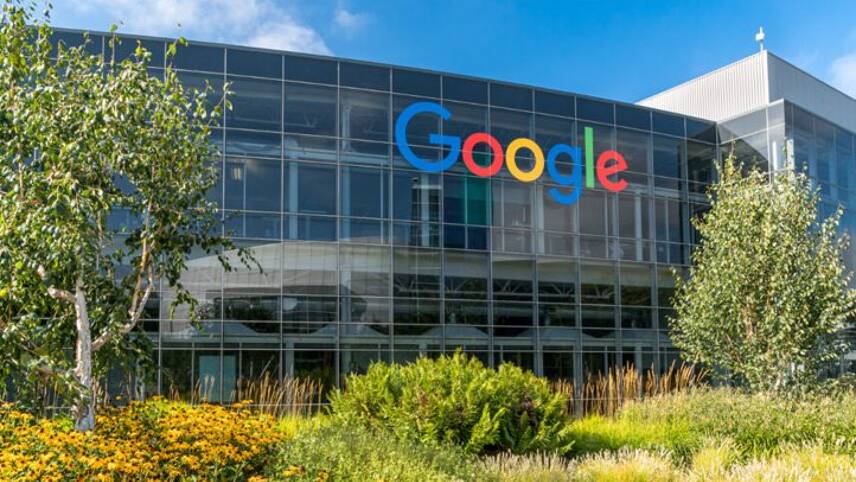Register for free and continue reading
Join our growing army of changemakers and get unlimited access to our premium content

Google's artificial intelligence (AI) technology will recognise oil and gas infrastructure in satellite imagery.
The Netherlands has emerged as a focal point in Google’s renewable energy roadmap, with the announcement of its largest offshore wind projects to date.
Google has inked PPAs with the Crosswind & Ecowende Consortia, joint ventures between energy companies Shell and Eneco, to support 478MW of carbon-free energy capacity with two new-to-the-grid offshore wind farms HKN V and HKW VI.
These subsidy-free offshore wind farms are anticipated to meet approximately 6% of the Netherlands’ annual electricity consumption, underscoring a significant stride in the nation’s transition from fossil fuels to renewable resources.
Google has also extended its renewable energy portfolio reach to Italy, Poland and Belgium.
In Italy, Google has signed its first long-term PPA, backing a 47MW onshore wind energy project with Italian company ERG. Projections suggest that once operational, this agreement will power all of Google’s facilities in Italy, including its Milan and Turin cloud region, towards achieving more than 90% carbon-free energy by 2025.
Building on its initial PPA in Poland, Google has unveiled two additional agreements for 106MW of solar generation capacity with GoldenPeaks Capital. This move is anticipated to bolster clean energy integration into the grid, aiding Google’s offices and cloud region in Poland in surpassing the 90% carbon-free energy mark by 2025.
In Belgium, Google has announced two new green energy deals, slated to drive its offices and data centres in the country toward an 85% carbon-free energy milestone this year. Through these PPAs, Google is facilitating the introduction of 11 new onshore wind farms, developed by Aspiravi and Luminus, with a combined capacity of 84MW.
Carbon-free energy goal
This will ensure that local grids are benefitting from additional renewables capacity, while overcoming issues of transparency and credibility that can result from the purchase of clean electricity certificates.
Last year, the technology giant disclosed that its global facilities achieved an average of 64% energy consumption from local renewables in 2022. The highest proportions were observed in Finland at 97%, while Iowa, Denmark and Chile also surpassed the 90% mark.
Related news: Amazon inks power purchase deal with Scottish wind farm


I do wonder if the total amount of “carbon free energy”, which is bought and paid for as such, agrees with the amount being generated by “renewable” sources, whether this is “at the time” or in total.
Answers please!